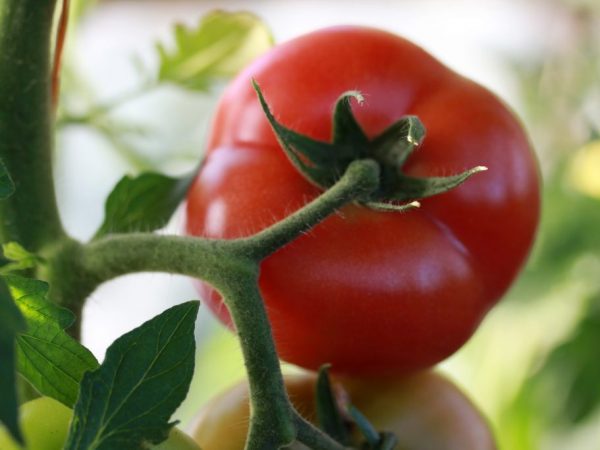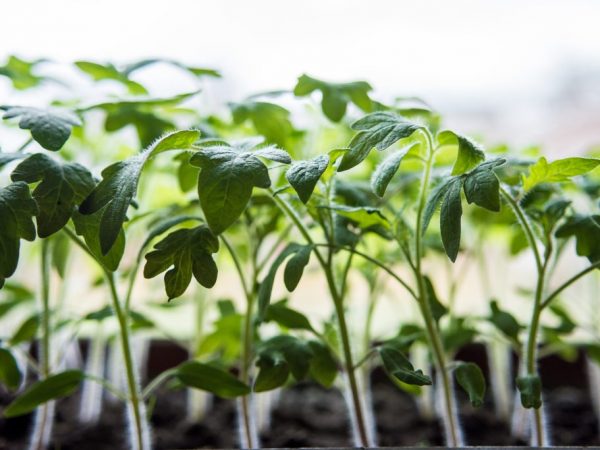Description of Kibo tomato
One of the most popular varieties of tomatoes is the Kibo tomato. It is distinguished by its versatility in application and a long fruiting period: from the first days of summer to mid-autumn.

Description of Kibo tomato
Variety characteristic
Tomato Kibo f1 was developed in Japan. Despite the positive characteristics, the species has not yet been entered into the State Register of the Russian Federation.
Tomatoes of the Kibo F1 variety are suitable for growing in all regions of the country, because they take root only in a greenhouse. Due to this, the period of fruit ripening is shortened and the harvest is much faster.
Description of the plant
According to the description of the tomato Kibo f1, the stem of the bush and its root system are developed at a high level, are resistant to sudden changes in temperature. The shoots of the bush are large and strong, withstand a large number of ripe fruits.
The leaves are slightly rough. The height of the bush does not exceed 2 m. The large growth of the main stem allows you to grow a large number of tomatoes in the greenhouse.
Description of the fetus
According to the characteristics of the Kibo f1 tomato, the fruits of the variety are large and round in shape. The peel is predominantly bright red, but sometimes pink fruits are found. The surface of the peel is smooth, without roughness. The weight of an individual matured fruit is about 300-400 g.
The pulp is juicy, but without a watery structure. High levels of dry matter, which are about 7%, allow the variety to be versatile in use and preparation.
Benefits
The description of the variety highlights a number of positive characteristics:
- resistance to the effects of parasites and diseases;
- near the stalk, green areas are not formed on the surface of the peel;
- the possibility of long-term storage and transportation over long distances;
- high yield rates: from 1 sq. m harvested about 7-10 kg of tomatoes;
- versatility in use;
- high indicators of taste and commercial quality.
Growing rules

It is better to plant plants in a checkerboard pattern.
Seedlings are planted only when the height of the seedlings reaches 20-25 cm. The growing season of the bush is 100-120 days, after which the first fruits begin to form.
The bush is leafy, so the seedlings are planted in a checkerboard pattern. A distance of 50 cm is observed between the rows, and 70 cm between the holes.The planting depth is about 2 cm.
Care
Often the lower leaves on the bush wither. To save the rest of the bush, it is recommended that you trim off any damaged areas. During watering, the pressure should be moderate, otherwise the root system will not be able to absorb all the nutrients.
With proper feeding, the growth of the bush is enhanced. For these purposes, organic and mineral substances are alternated. With sluggish seedlings, the emphasis is on nitrogen fertilizers. For the development of the root system, phosphorus preparations are used. Potassium compounds are used to improve taste characteristics.
Carrying out a garter bush is mandatory: this way the stem will receive more nutrients and oxygen, thanks to which the yield will increase.
Pinching is also important. Side shoots should be removed at least once a week so that the main stem fully receives the nutrients necessary for fruit development.
Diseases and pests
Tomato Kibo f1 has high rates of the immune system - it is resistant to common diseases and parasites.
Conclusion
If you correctly follow all the rules and conditions of care and cultivation, you can achieve amazing results and prove that the yield of Kibo tomatoes is not a myth.


